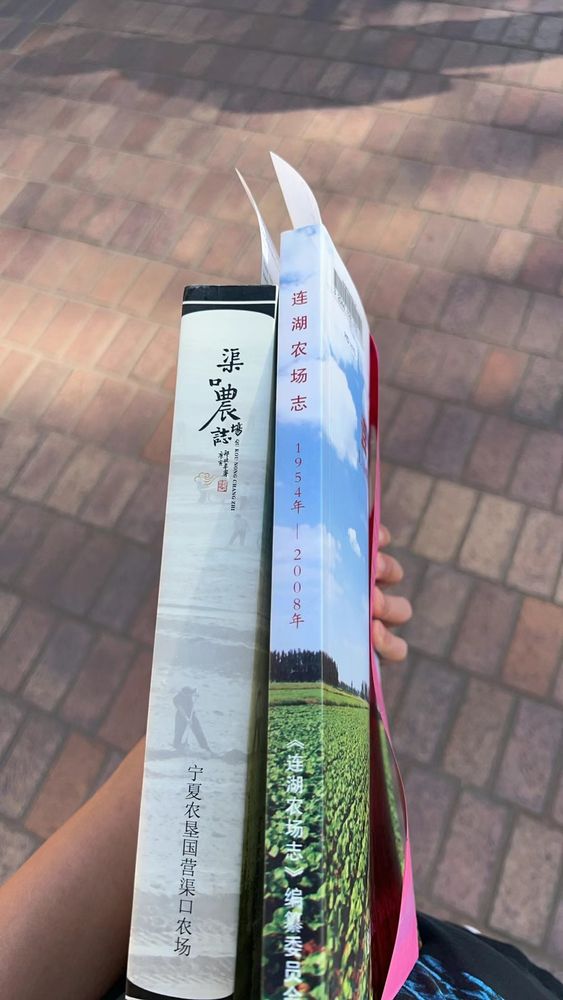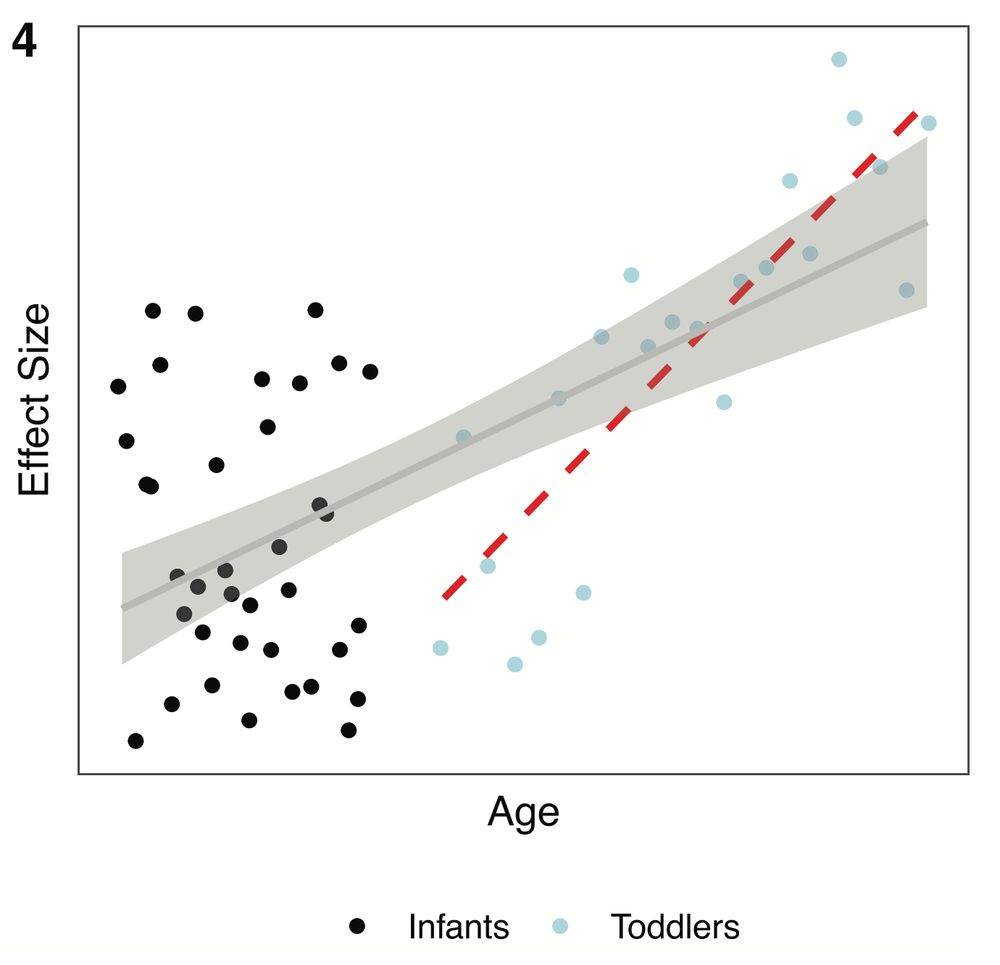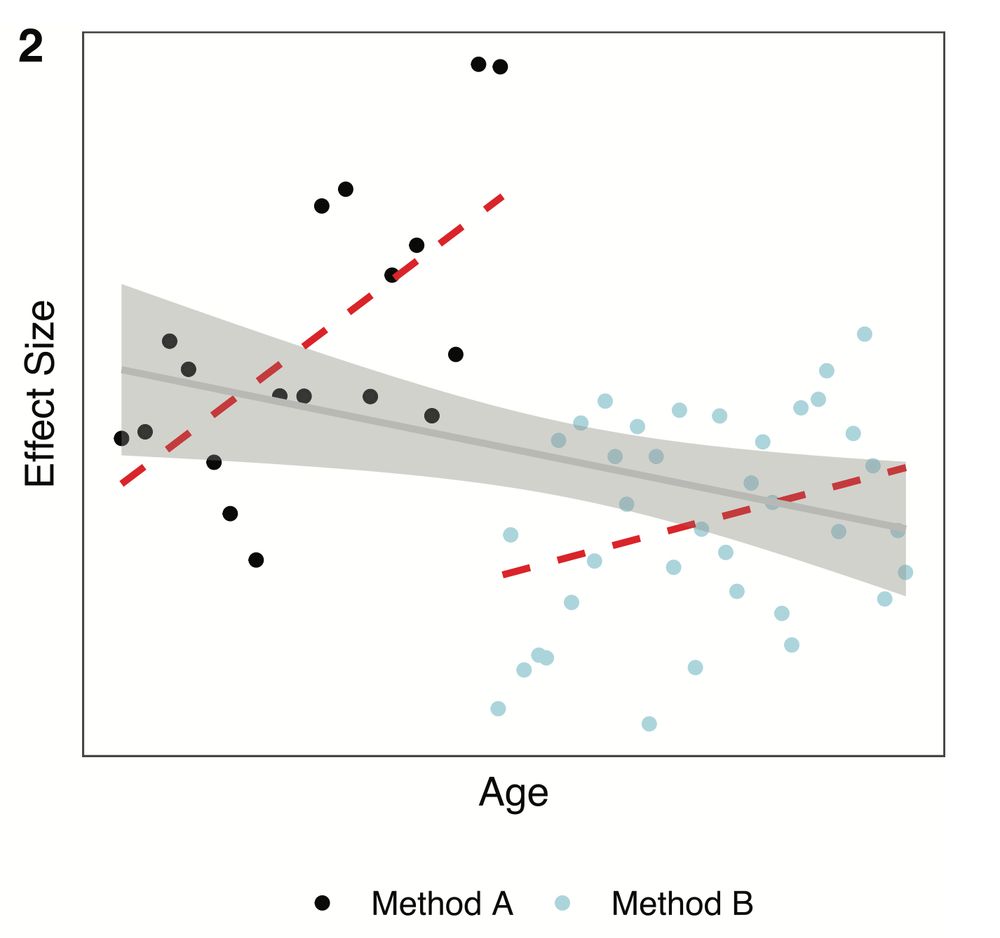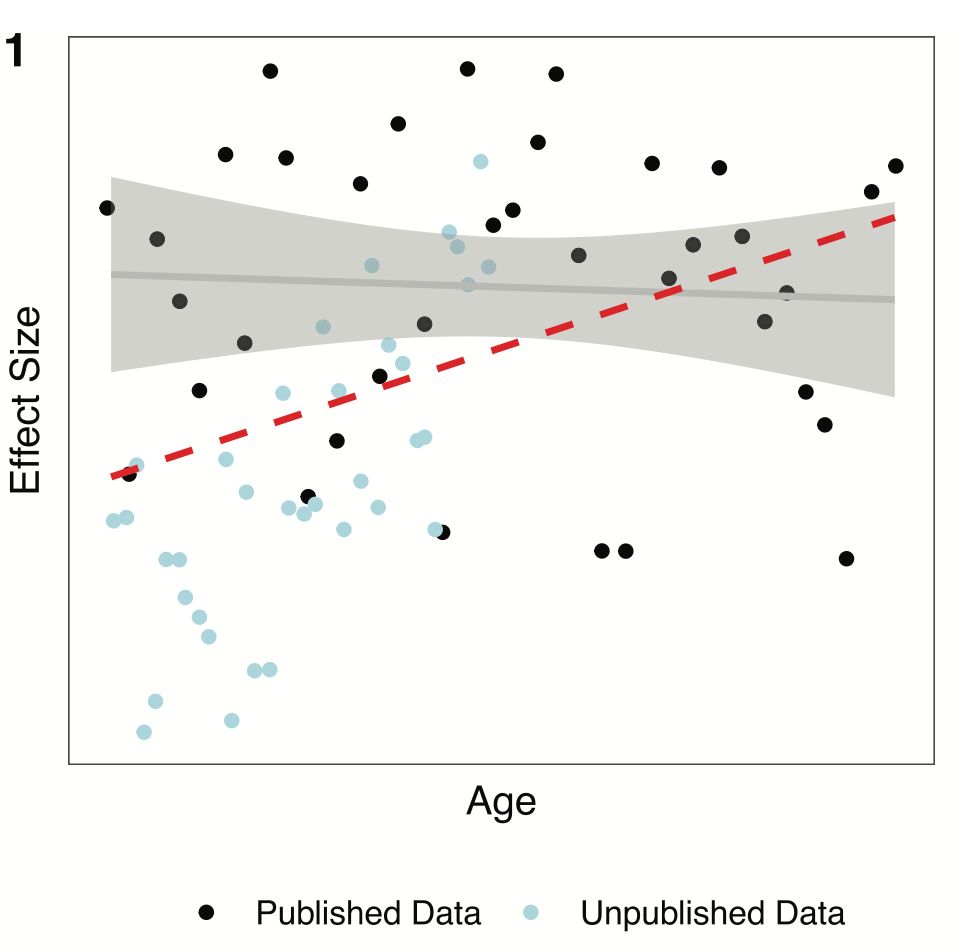anjie cao | 曹安洁
@anjiecao.bsky.social
(retired) Psychology PhD student at Stanford
Co-founder & Host of Stanford Psychology Podcast
CMU alum
Co-founder & Host of Stanford Psychology Podcast
CMU alum
8/
So, rice theory is a cool idea. But we’re not so sure these two farms give us a clean causal test.
Thanks for reading! And now… I’m craving rice snacks. Strongly recommend these, 10/10 🍘
(It says Milk but it's 56% rice)
So, rice theory is a cool idea. But we’re not so sure these two farms give us a clean causal test.
Thanks for reading! And now… I’m craving rice snacks. Strongly recommend these, 10/10 🍘
(It says Milk but it's 56% rice)

October 22, 2025 at 5:18 PM
8/
So, rice theory is a cool idea. But we’re not so sure these two farms give us a clean causal test.
Thanks for reading! And now… I’m craving rice snacks. Strongly recommend these, 10/10 🍘
(It says Milk but it's 56% rice)
So, rice theory is a cool idea. But we’re not so sure these two farms give us a clean causal test.
Thanks for reading! And now… I’m craving rice snacks. Strongly recommend these, 10/10 🍘
(It says Milk but it's 56% rice)
6/
What I found was surprising: both farms actually grew both rice and wheat. Sometimes in similar proportions.
By the 1970s (when most participants were born), Lianhu, the “rice” farm, was mostly growing dryland crops.
(Yes I did enter all the datapoints from the book and ggplot it)
What I found was surprising: both farms actually grew both rice and wheat. Sometimes in similar proportions.
By the 1970s (when most participants were born), Lianhu, the “rice” farm, was mostly growing dryland crops.
(Yes I did enter all the datapoints from the book and ggplot it)

October 22, 2025 at 5:18 PM
6/
What I found was surprising: both farms actually grew both rice and wheat. Sometimes in similar proportions.
By the 1970s (when most participants were born), Lianhu, the “rice” farm, was mostly growing dryland crops.
(Yes I did enter all the datapoints from the book and ggplot it)
What I found was surprising: both farms actually grew both rice and wheat. Sometimes in similar proportions.
By the 1970s (when most participants were born), Lianhu, the “rice” farm, was mostly growing dryland crops.
(Yes I did enter all the datapoints from the book and ggplot it)
5/
Beyond stats, there’s also history. I got curious about the farms themselves and hunted down the primary sources: the farm chronicles.
Thanks to interlibrary loan, Harvard mailed me two actual physical copies across the country (!). TWICE (😅sorry I'm slow and they won't extend my loan).
Beyond stats, there’s also history. I got curious about the farms themselves and hunted down the primary sources: the farm chronicles.
Thanks to interlibrary loan, Harvard mailed me two actual physical copies across the country (!). TWICE (😅sorry I'm slow and they won't extend my loan).

October 22, 2025 at 5:18 PM
5/
Beyond stats, there’s also history. I got curious about the farms themselves and hunted down the primary sources: the farm chronicles.
Thanks to interlibrary loan, Harvard mailed me two actual physical copies across the country (!). TWICE (😅sorry I'm slow and they won't extend my loan).
Beyond stats, there’s also history. I got curious about the farms themselves and hunted down the primary sources: the farm chronicles.
Thanks to interlibrary loan, Harvard mailed me two actual physical copies across the country (!). TWICE (😅sorry I'm slow and they won't extend my loan).
4/
We found only one of the three psychological measures (Self-Inflation) was robust, showing consistent results across all specifications. The others were sensitive to the specification of the model.
We found only one of the three psychological measures (Self-Inflation) was robust, showing consistent results across all specifications. The others were sensitive to the specification of the model.

October 22, 2025 at 5:18 PM
4/
We found only one of the three psychological measures (Self-Inflation) was robust, showing consistent results across all specifications. The others were sensitive to the specification of the model.
We found only one of the three psychological measures (Self-Inflation) was robust, showing consistent results across all specifications. The others were sensitive to the specification of the model.
2/
In Talhelm & Dong (2024), they picked a fascinating case: two state farms in China, one designated for rice, the other for wheat. Young people from the cities were basically randomly assigned to these farms. So voilà, quasi-random rice vs. wheat farming!
In Talhelm & Dong (2024), they picked a fascinating case: two state farms in China, one designated for rice, the other for wheat. Young people from the cities were basically randomly assigned to these farms. So voilà, quasi-random rice vs. wheat farming!

October 22, 2025 at 5:18 PM
2/
In Talhelm & Dong (2024), they picked a fascinating case: two state farms in China, one designated for rice, the other for wheat. Young people from the cities were basically randomly assigned to these farms. So voilà, quasi-random rice vs. wheat farming!
In Talhelm & Dong (2024), they picked a fascinating case: two state farms in China, one designated for rice, the other for wheat. Young people from the cities were basically randomly assigned to these farms. So voilà, quasi-random rice vs. wheat farming!
1/
Alright, this one’s been sitting in my drawer for a year now, after @mcxfrank.bsky.social and I got turned down for a public commentary.
But before I forget about it completely, here’s the preprint:
Can we harvest insights for rice theory from two state farms in China?
osf.io/preprints/ps...
Alright, this one’s been sitting in my drawer for a year now, after @mcxfrank.bsky.social and I got turned down for a public commentary.
But before I forget about it completely, here’s the preprint:
Can we harvest insights for rice theory from two state farms in China?
osf.io/preprints/ps...

October 22, 2025 at 5:18 PM
1/
Alright, this one’s been sitting in my drawer for a year now, after @mcxfrank.bsky.social and I got turned down for a public commentary.
But before I forget about it completely, here’s the preprint:
Can we harvest insights for rice theory from two state farms in China?
osf.io/preprints/ps...
Alright, this one’s been sitting in my drawer for a year now, after @mcxfrank.bsky.social and I got turned down for a public commentary.
But before I forget about it completely, here’s the preprint:
Can we harvest insights for rice theory from two state farms in China?
osf.io/preprints/ps...
Hypothesis 4: Positive growth only after infancy. Maybe developmental changes were only observable after some age (e.g. in toddlerhood??) (7/9)

May 12, 2025 at 5:51 PM
Hypothesis 4: Positive growth only after infancy. Maybe developmental changes were only observable after some age (e.g. in toddlerhood??) (7/9)
Hypothesis 3: Change in only a subset of conditions. Maybe developmental changes were only supposed to be observed in some specific conditions? (6/9)

May 12, 2025 at 5:51 PM
Hypothesis 3: Change in only a subset of conditions. Maybe developmental changes were only supposed to be observed in some specific conditions? (6/9)
Hypothesis 2: Methodological adaptation for older infants. Maybe studies testing older infants were using more difficult methods? (5/9)

May 12, 2025 at 5:51 PM
Hypothesis 2: Methodological adaptation for older infants. Maybe studies testing older infants were using more difficult methods? (5/9)
Hypothesis 1: Age related selection bias against young children. Maybe studies testing younger infants were more likely to have publication bias? (4/9)

May 12, 2025 at 5:51 PM
Hypothesis 1: Age related selection bias against young children. Maybe studies testing younger infants were more likely to have publication bias? (4/9)
To our surprise, we found that for most phenomena, there was no (linear) age effect at all — meaning that as children get older, the effect sizes in those tasks did not get larger! (2/9)

May 12, 2025 at 5:51 PM
To our surprise, we found that for most phenomena, there was no (linear) age effect at all — meaning that as children get older, the effect sizes in those tasks did not get larger! (2/9)

